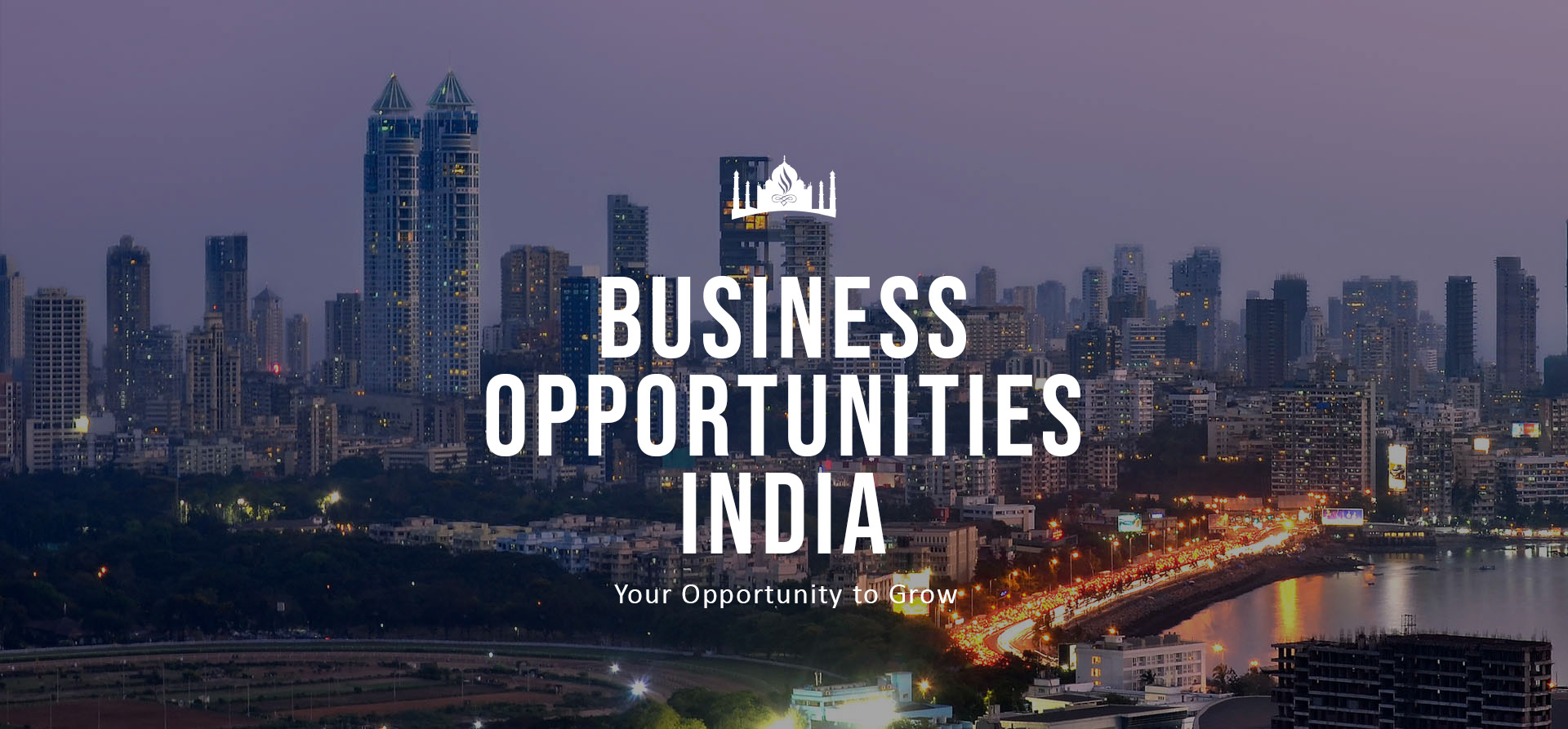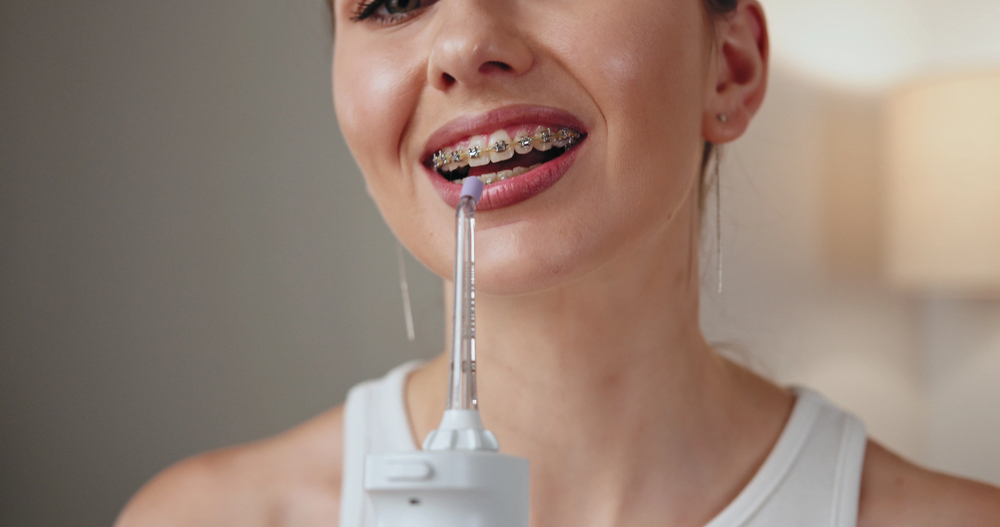How Orthodontics Shapes First Impressions in Business and Dating
We’ve all heard the phrase “You never get a second chance to make a first impression.” But in 2025 — a year increasingly defined by virtual meetings, swipe-based judgments, and hyper-curated self-presentation — that statement has never been more literal. Today, confidence isn’t just felt; it’s worn. It’s coded in posture, voice, grooming — and perhaps more powerfully than ever — in the smile.
Orthodontics, once viewed as a purely corrective field, has evolved into a strategic tool of personal branding. The decision to invest in dental braces is no longer just about alignment and oral health — it’s about social trajectory. And whether entering a boardroom or stepping into a first date, our teeth have become silent communicators long before we ever speak.
The Subtle Psychology of Symmetry
Studies in cognitive science confirm what common sense already screams — people trust symmetry. Balanced facial features trigger primal instincts of health, youthfulness, and approachability. A straight smile isn’t just aesthetically pleasing; it’s subconsciously persuasive.
In business, this translates into perceived competence and credibility. In romance, it signals care, vitality, and genetic viability. It’s biological bias dressed in modern logic.
But here’s where 2025 becomes different from previous generations: society has collectively decoded the power of perception — and people are leveraging orthodontics with strategic precision rather than passive necessity.
Braces in the Age of Self-Engineering
Gone are the days when dental braces were associated with awkward teenage years. Today, high-performing adults — from CEOs to influencers to late-blooming romantics — are embracing them not as medical devices but as life upgrades.
Why now? Because 2025 is a dynamic blend of technology and precision. Digital scanners have replaced molds. AI-based prediction models can show your future smile before you commit. Clear aligner systems let users enhance their bite without disrupting their image. Remote monitoring means fewer clinic visits and more lifestyle compatibility.
Orthodontics has quietly entered the realm of wearable technology — discreet, intelligent, and integrated into personal development plans.
Business: Trust Is Earned Faster with a Smile
Consider the modern executive. They’ve mastered speaking in bullet points, dressing in signals, and networking in increments. Yet even the most refined pitch can fail if delivered through a self-conscious smile.
A study by Kelton Research revealed that people with straight teeth were perceived as 45% more likely to get hired and 58% more likely to succeed in business. That’s not vanity — that’s measurable market advantage.
Professionals today no longer see orthodontics as cosmetic indulgence. They see it as communication infrastructure. A flawless presentation means nothing if your smile hesitates to accompany it.
Dating: Attraction Begins Before the First Word
Swipe culture has created an era where facial micro-perceptions determine fate in seconds. But unlike fashion trends or makeup aesthetics, a healthy smile carries universal appeal across cultures and age brackets.
A 2023 Tinder survey found that smiling in profile photos increases matches by 53% — but the quality of that smile determines who swipes right. Authenticity matters, but aesthetics command attention.
Straight teeth don’t guarantee chemistry — but they open the door long enough for personality to enter.
Braces as Signals of Character
Interestingly, dental braces do more than improve appearance — they imply discipline. They whisper:
- This person invests in themselves.
- This person thinks long-term.
- This person makes difficult choices for future gain.
And in human psychology, self-care signals are contagious. When we see someone upgrading themselves, we instinctively view them as upward-moving — someone to hire, collaborate with, or fall for.
In boardrooms, that reads as leadership. In dating, it reads as maturity. Orthodontics doesn’t just change your smile; it rewrites how people predict your story.
The Rise of Transitional Confidence
There is one underrated transformation that rarely gets talked about: the during phase.
People assume confidence blooms after treatment — when the braces are removed and the final result is revealed. Yet countless adults report that their self-esteem begins to grow during the journey itself. Even while wearing aligners or brackets, they proudly announce to the world: I am becoming better.
In this way, orthodontics becomes symbolic armor — not just physical enhancement. It’s visible proof of intentional evolution.
The Smile as a Strategy
Orthodontics is no longer a background chapter in personal health. It is now a conscious strategy embedded into professional and romantic identity. In a time where instant judgments determine opportunities, aligning teeth is aligning possibility.
So whether you’re presenting to investors or leaning in across candlelight, remember this:
Words may persuade. Actions may impress.
But a confident, aligned smile — that pre-frames everything.
Because before the pitch, before the laugh, before the handshake…
The smile speaks first.


